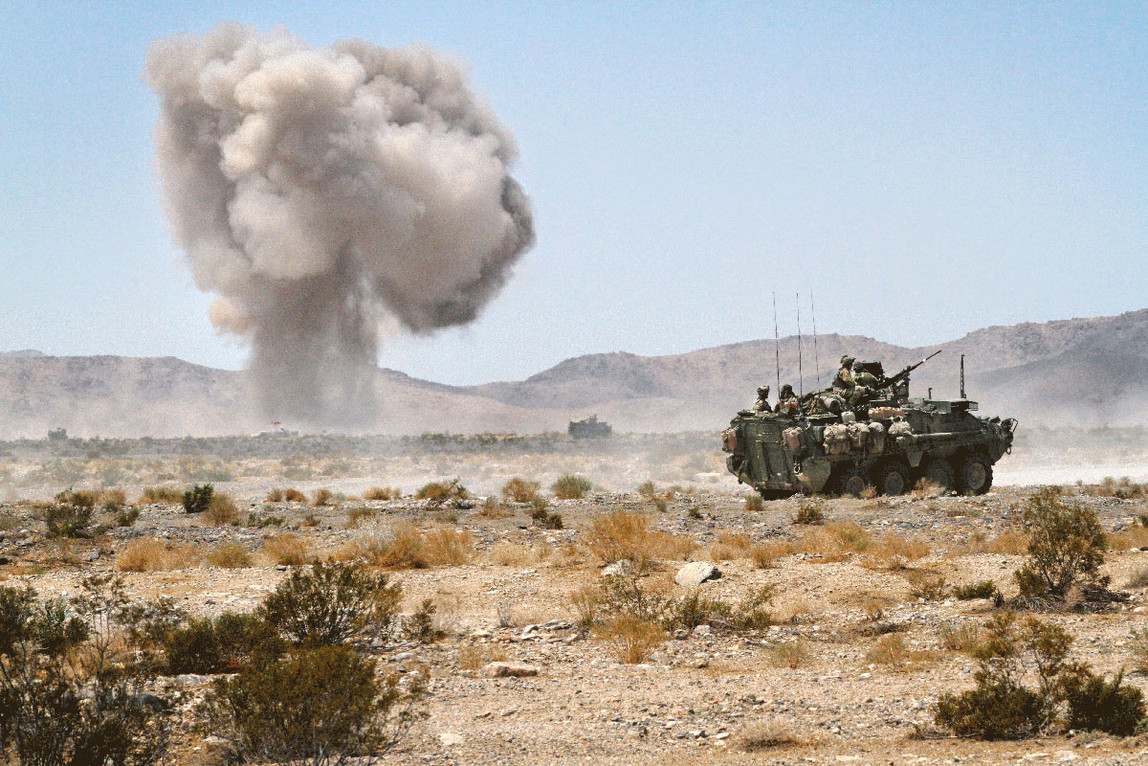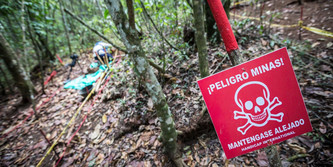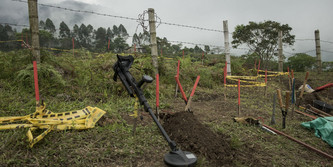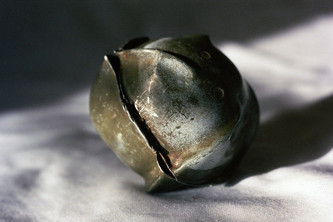USA: Entwicklung einer neuen Landmine
Seit 2016 arbeiten die USA an der Entwicklung einer neuen Art von Anti-Fahrzeug-Mine. Die neuen Minen sollen als Streumunition in großen Containern über einem Gebiet abgeworfen werden. Die Mine soll mit anderen Minen vernetzt sein, einem "Operator" der US Streitkräfte jede Annäherung melden und dann nur von diesem ausgelöst werden. (auf Englisch)
Quelle: New York Times
In the early 1990s, the end of the Cold War gave rise to a global movement to rid former war zones of land mines, which were littered across at least 68 countries. President Bill Clinton became the first world leader to call for their elimination on a global scale, but when it came time to formally ban them, the United States refused. Instead, over two decades, the United States invested $2.9 billion in demining projects and the destruction of other conventional weapons around the world. It has also destroyed millions of its own antipersonnel land mines, a weapon deemed particularly dangerous to civilians because it is buried underground and detonates when stepped on.
While much of the world has moved away from the use of land mines of all kinds, the United States Army is now developing a new line of them to replace its suite of antivehicle land mines from the 1980s. According to Audra Calloway, a spokeswoman at Picatinny Arsenal, which has long supervised weapons development for the service, these munitions are meant to replace the service’s current inventory, which were manufactured 30 years ago. The Army’s end goal is to create a munition that can be detonated remotely by a soldier — a design feature that in theory could reduce the risks that land mines pose to civilians. It could also keep the United States aligned with — but still not signatory to — an international treaty signed by more than 160 countries that bans the use of antipersonnel mines, but does not prohibit mines designed to destroy vehicles like tanks and armored personnel carriers. Since 2016, the Army has spent $106 million on this initiative, called the Gator Landmine Replacement Program, yet it is still in its early stages. Here’s what we know so far.
...
Lesen Sie hier den vollständigen Artikel















